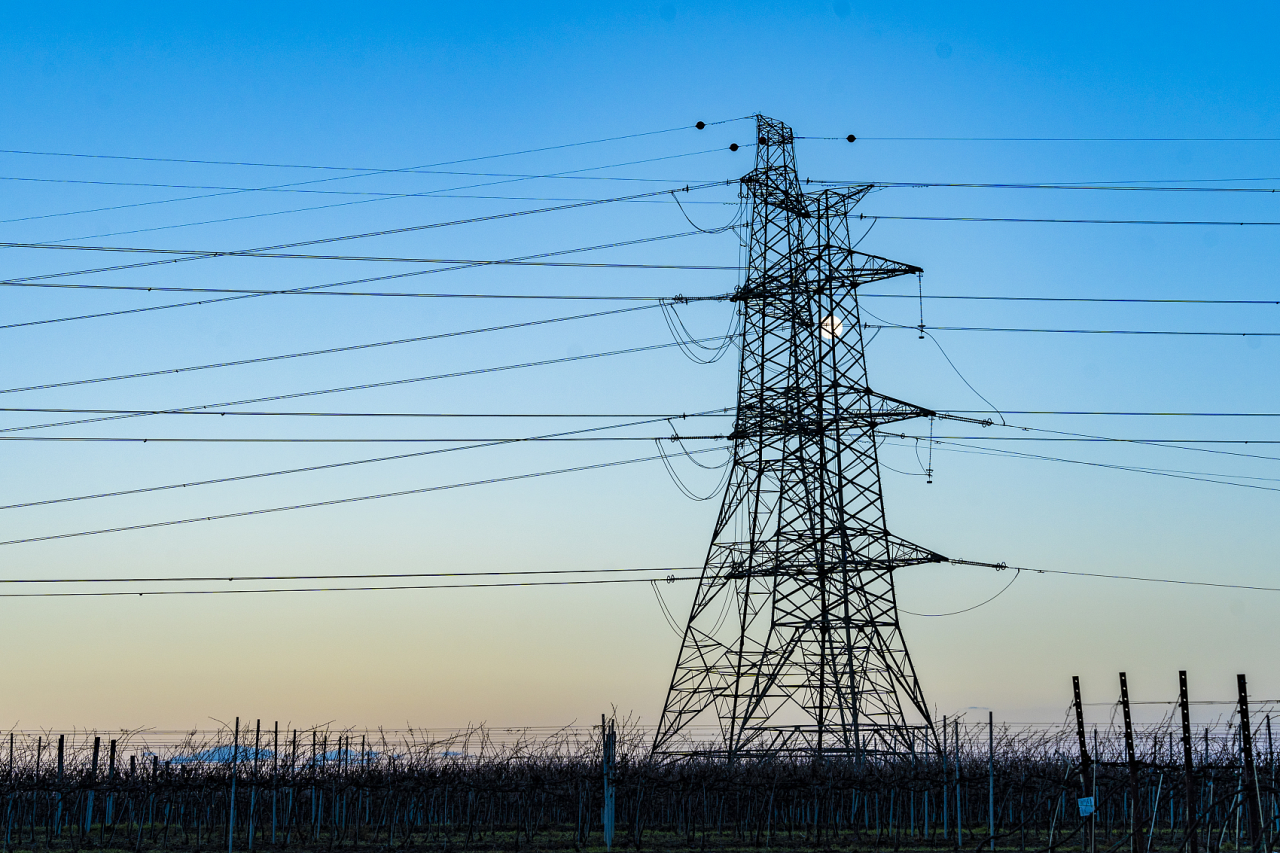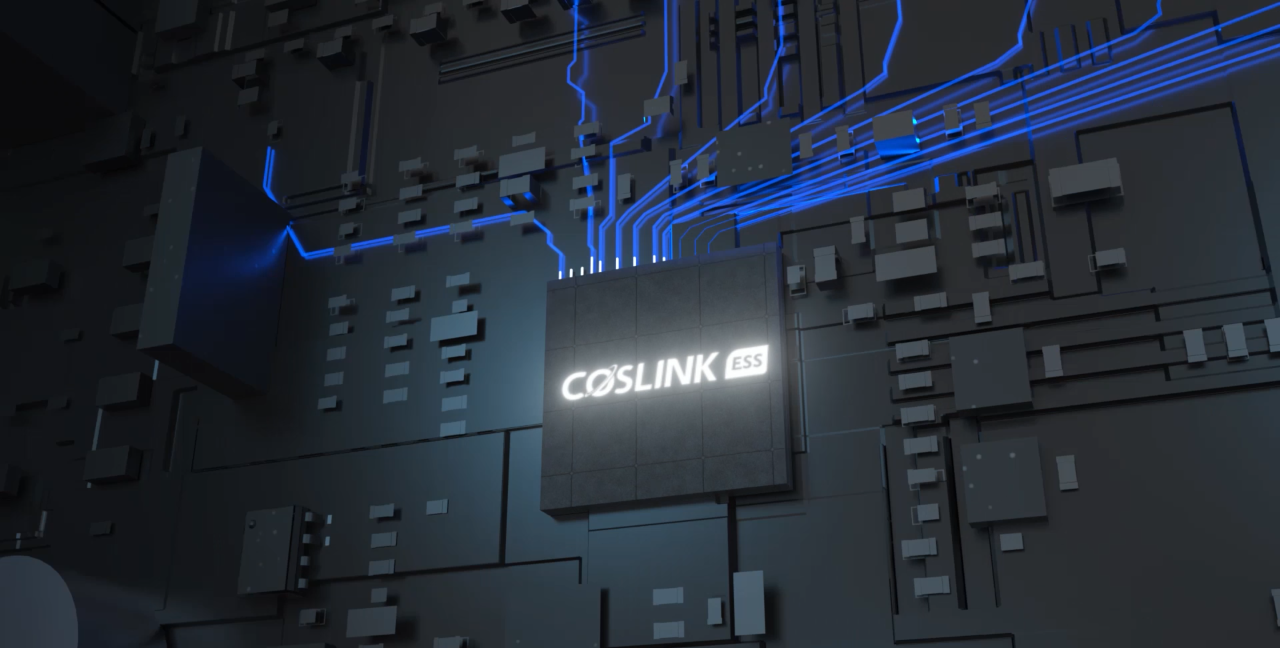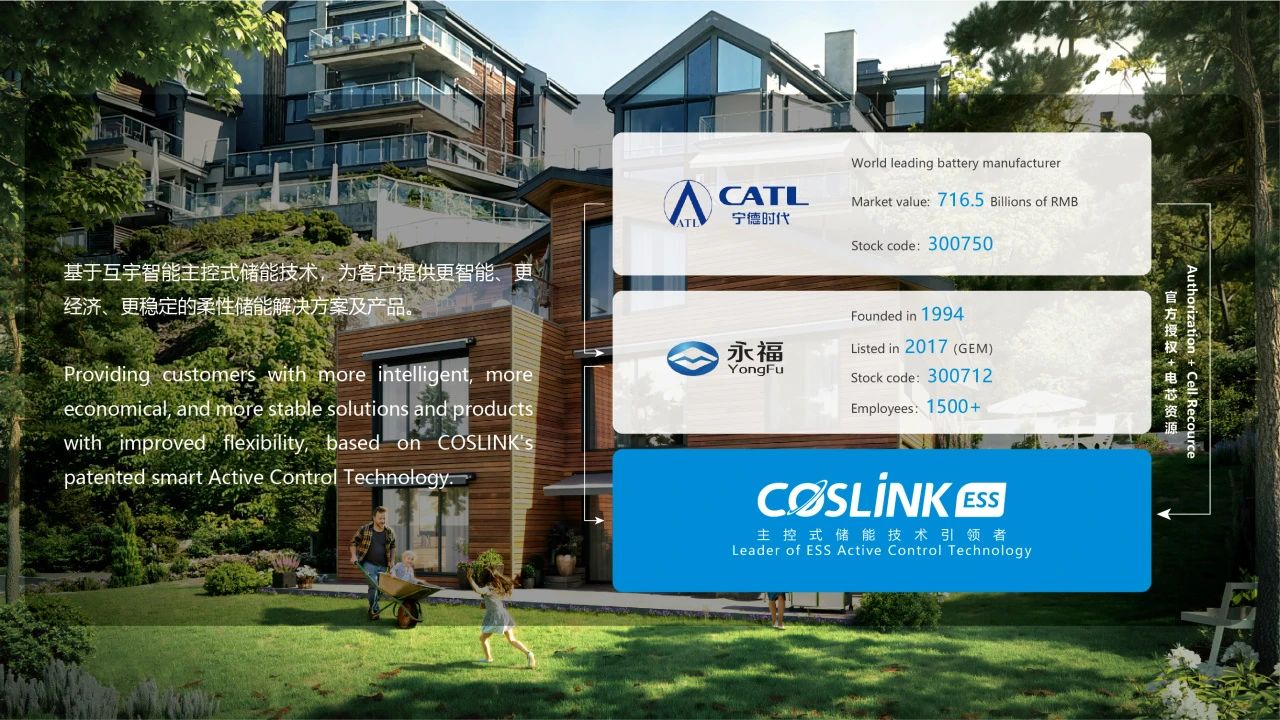-
Global
Global
May 30, 2024 View: 1
Recently, China’s largest-scale distributed energy storage project has commenced operations in Xi'an, Shaanxi Province. It's reported that a total of 149 sets of distributed energy storage systems have been deployed, with a total capacity of approximately 14.1 MW/30.0 MWh, across 130 villages in seven districts and counties of Xi'an.
As a large number of new energy sources and power electronic equipment increasingly connected to the power grid, the power system faces systemic risks in terms of power quality. There is an urgent need to enhance the carrying capacity of the distribution network. Therefore, adding ESS in distribution stations has become a more economical and flexible solution. The ESS in feeder zones can complement conventional power quality improving measures, reduce investment on the grid side to a certain extent, and is considered the best solution for distributed photovoltaic energy digestion and consumption. Which is to say, energy storage in the distribution area or feeder zones is a necessity for future grid upgrades and transformations.

Whether the feeder zone energy storage can be the next major trend largely depends on how quickly the key challenges can be overcome.
Challenge 1: Unclear Standards
Existing technical standards and policies in the energy storage industry are not well-suited to feeder zone energy storage. Specific requirements for equipment, installation standards, on-grid standards, and safety operation supervision and regulation documents related to this niche market are not yet clear. Quality of ESS products varies, and if investors choose low-quality products to reduce costs, it may pose significant safety risks to the grid.
Challenge 2: Who Will Invest
As the AGC control center holds the supply-demand and voltage information and it could have a more accurate forecast about the loads, considering of the utmost management efficiency, it should be the grid company make the investment to help realize smart allocation and multi-point collaboration of the feeder-zone ESS equipment while maximize the effectiveness of alleviating distribution network issues. PV project investors have a responsibility to address on-grid issues as their distributed PV systems impact the grid. By deploying energy storage at distribution stations, self-generation and consumption issues can be relieved, and grid integration difficulties can be reduced. Following the "who benefits, who bears the cost" principle, PV investors, as the direct beneficiaries, are much motivated to increase investment in such ESS projects.
Challenge 3: High Technical Barriers
Feeder zone energy storage systems need to possess the capability to manage power quality, provide stable support to the grid, and support grid-forming technologies like Virtual Synchronous Generators (VSG). In contrast, typical commercial and industrial energy storage systems generally do not have these capabilities.
The requirements for EMS of distribution station energy storage differ from that of conventional commercial & industrial ESS. Conventional systems’ EMS is responsible for power allocation, whereas distribution station energy storage requires the EMS to coordinate with instructions from the grid's TTU (distribution transformer supervisory Terminal Unit). Therefore, it requires the ESS builder to have deep communication with the grid company at the early stages of EMS design.
Challenge 4: Different Configuration Requirements
Each feeder zone has different load conditions and thus different specific problems to solve. Some zones or stations need to handle large loads over long periods, requiring larger capacity energy storage systems for peak shifting. Others may not need to sustain long periods but require short-term high power output, necessitating more powerful energy storage equipment.
Challenge 5: Difficult Integration Management
Most company invested energy storage systems are equipped with their own cloud platforms responsible for power allocation, making multi-system cross-platform coordination difficult. This hinders the realization of the virtual power plant as well as aggregation of cloud with large scale ESS coverage in the future.

COSLINK has extensive experience in delivering distribution station energy storage solutions. Our flexible Active Control Energy Storage solutions, combined with the intelligent EMS, can ensure a smoother integration with the power grid and provide flexible demand-side response. COSLINK unique AC/DC flexible management system + active control optimizer + modular PCS parallel technology allow for flexible adjustments based on customer load changes on both the AC and DC sides. Such a technology significantly reduces customer concerns about system maintenance costs and mixing old and new batteries. Against the backdrop of source-grid-load-storage integration and increasing demands for intelligent AI cloud applications, COSLINK Active Control Energy Storage products will be the economical and user-friendly choice for distribution station energy storage.

